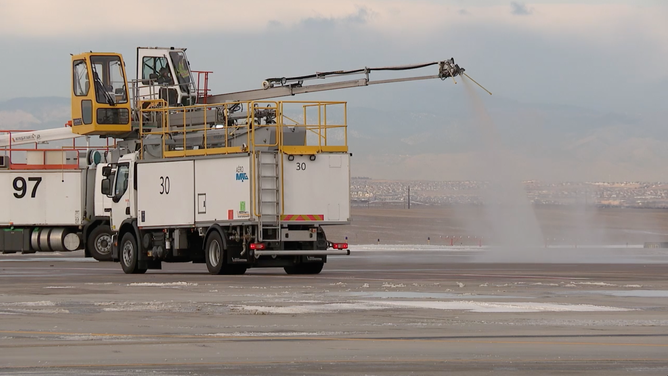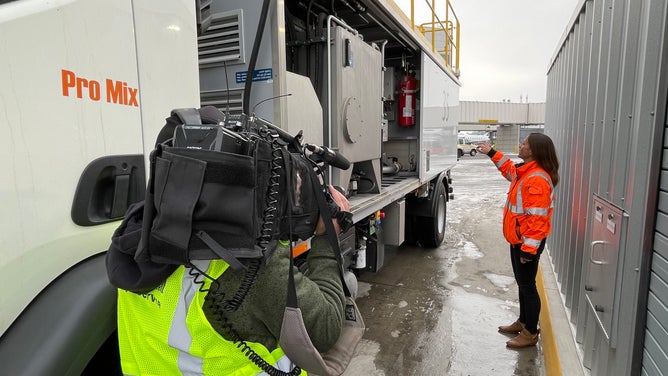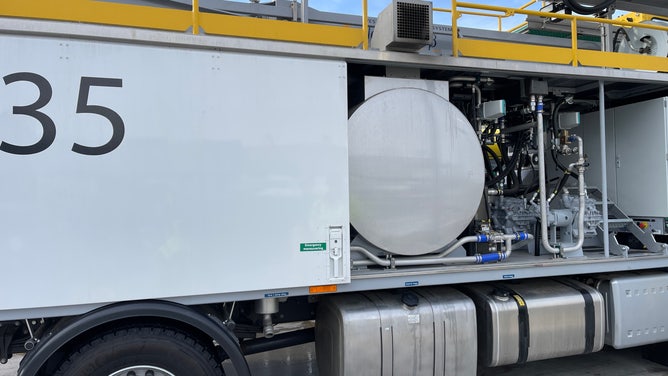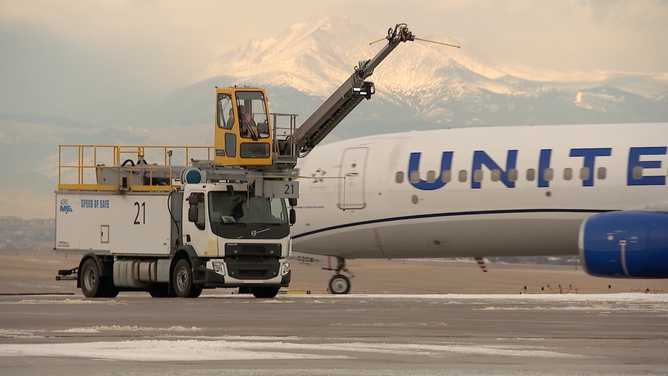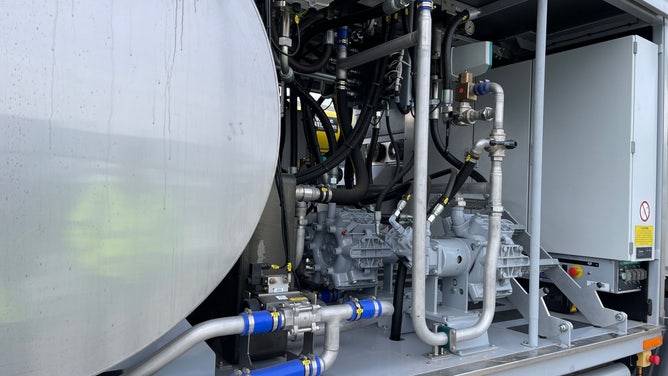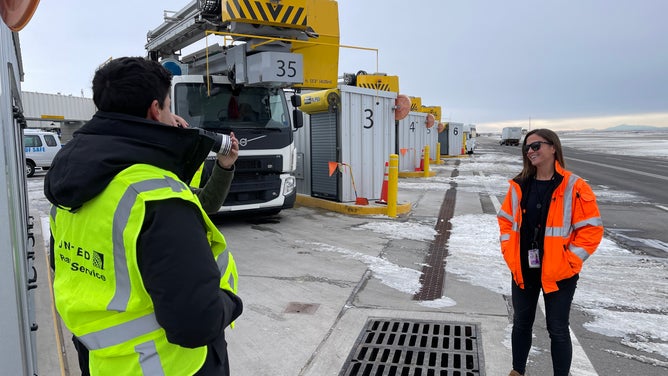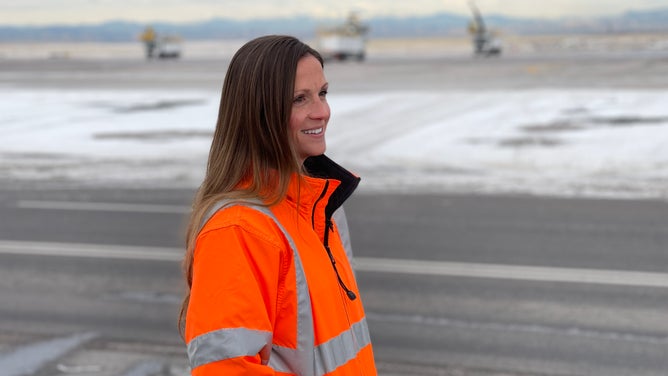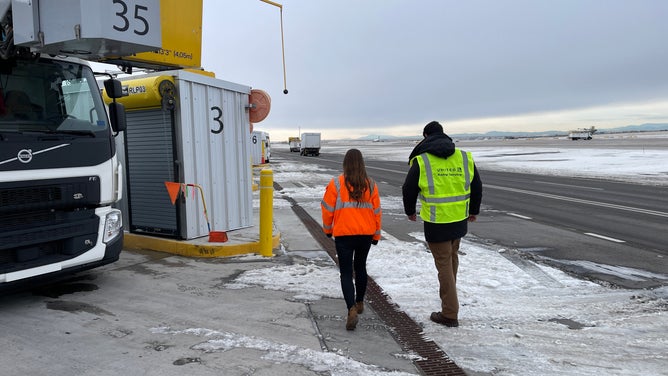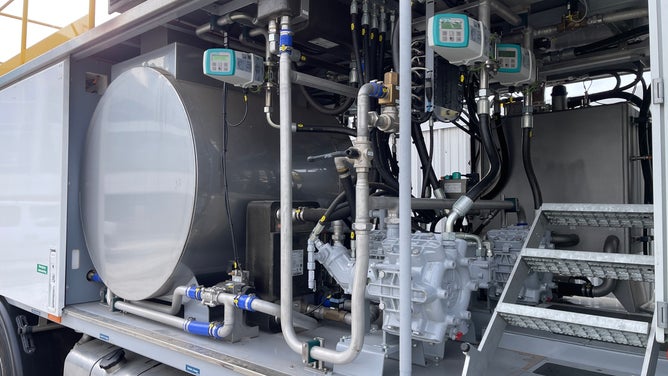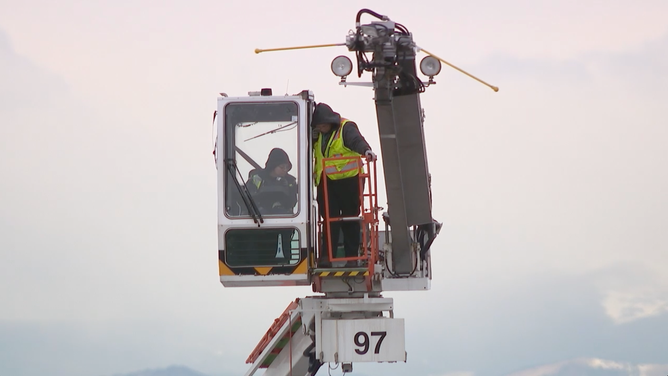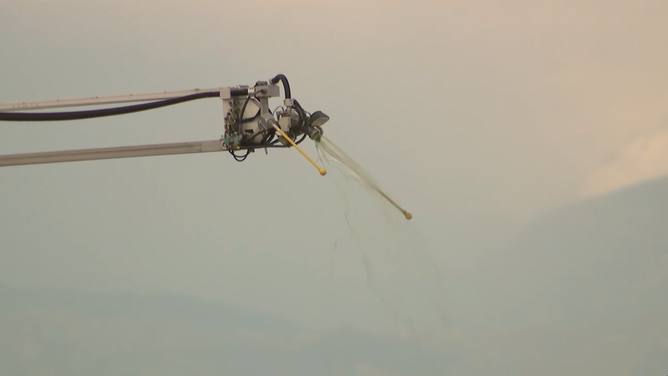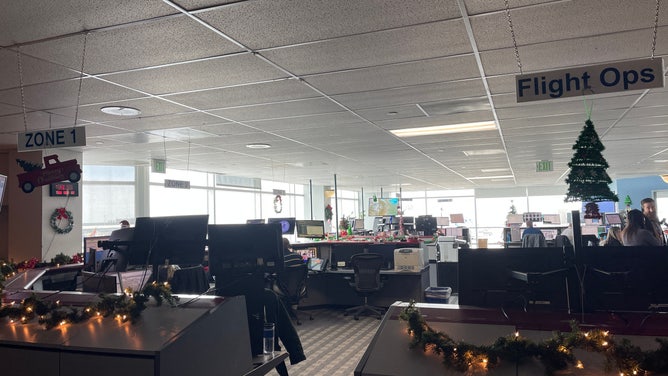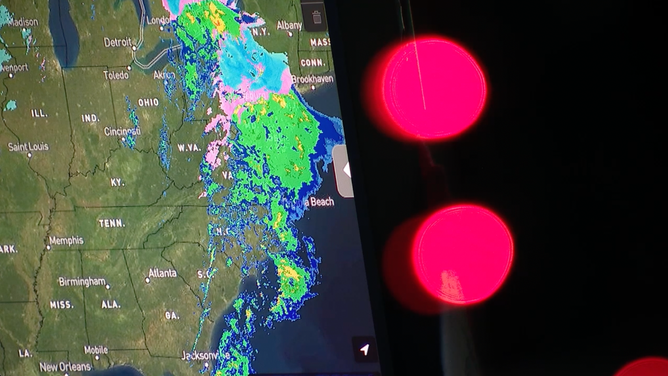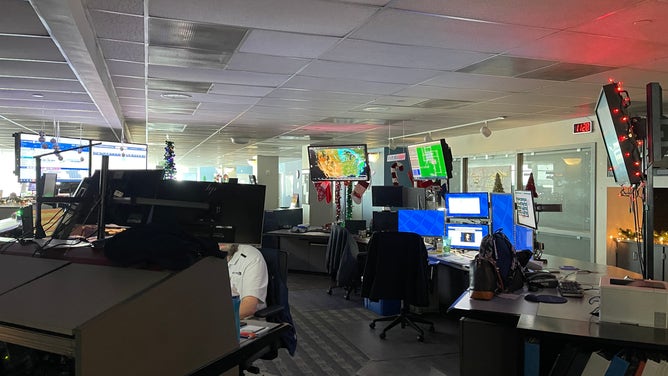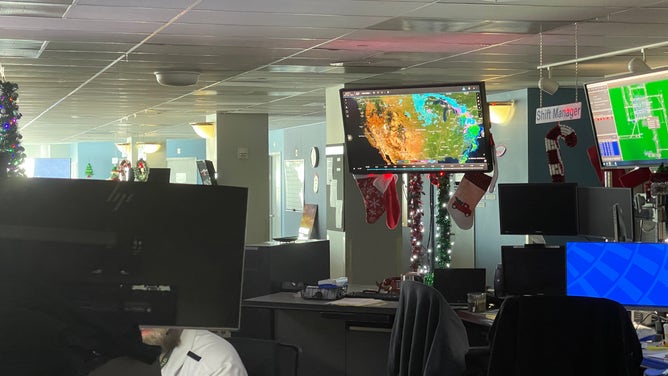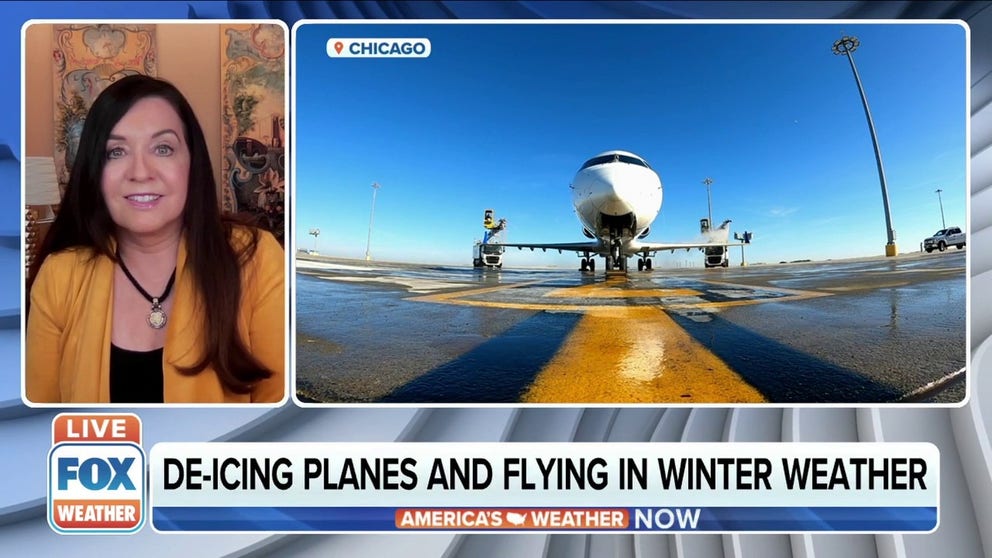How does de-icing work? Inside United Airlines’ winter operations at its largest hub
De-icing is essential in the winter months. Even small amounts of ice, snow, frost, or any other contaminants can disrupt the airflow and could potentially interfere with the plane taking off safely.
How does de-icing work? Inside look at airplane de-icing process during winter
De-icing is essential for airplanes to take off safely in the winter months. FOX Weather's Max Gorden went to Denver International Airport to get an inside look at United Airlines' de-icing operation and shows how it works.
DENVER – Snow and bitter cold can create an extra challenge for airlines and the pilots tasked with getting passengers from point A to point B.
"They do have to be aware of snow, icing, visibility," said Lynsey Howell, first officer for United Airlines. "It adds a whole new element to making sure we’re able to take off and land safely."
Along with decreased traction on the runway and reduced visibility, one of the biggest risks pilots face is icing on the aircraft which can increase drag and weigh the plane down.
But many planes have features built-in to combat snow and ice and keep passengers safe.
"There’s anti-ice on the engine, the wings, and of course, the windshield," Howell said.
But often, pilots get some extra help clearing off the snow and ice.
How does de-icing work?
If you have ever flown during the winter months out of cold, snowy climates, you’ve probably heard of the term de-icing or at least seen the process take place.
De-icing works by spraying a heated chemical fluid that melts off the ice. Then the application of anti-icing fluid keeps ice from forming again.
Even small amounts of ice, snow, frost or any other contaminants can disrupt the airflow and could potentially interfere with the plane taking off safely.
It’s a process that airlines take seriously.
HERE'S WHAT CAUSES TURBULENCE AND WHY YOU SHOULDN'T BE AFRAID OF IT
"I take it to heart," said Melissa McNamara, head of de-icing operations for United Airlines at Denver International Airport. "I like to view each aircraft that comes to our pads as if one of my family members is on that aircraft."
It also takes a lot of people to ensure each plane is safe to takeoff.
"We start out with a core group of about 20 to 25 and then as we move through the year up to January we’ll get to about 300," McNamara said.
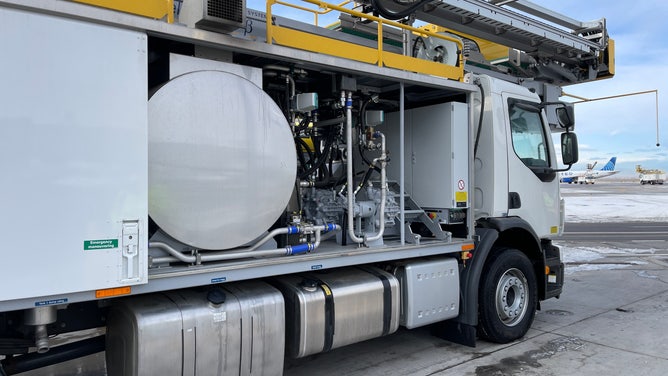
Inside a deicing truck at Denver International Airport
(FOX Weather)
How long does de-icing a plane take?
De-icing an airplane is something that airlines have down to a science.
United’s crews train year-round to de-ice planes carefully and efficiently. McNamara told FOX Weather that summer can often be even busier than the winter months as crews train and work to prepare for the following season.
Even on a sunny day at Denver International Airport, we saw United’s de-icing crews training to keep their skills sharp, so they’re prepared for the next event.
The process of de-icing is something that can take as little as five to 10 minutes, depending on the size of the aircraft and if it is actively snowing. If an anti-ice spraying is needed, that could also take an additional five to 10 minutes.
Patience is key
Denver International Airport is one of the top five busiest airports in the entire country and one of the biggest hubs for United Airlines with over 6,000 Denver-based employees.
But even with all the demanding work on the ground and a constant eye on the weather in the airline’s busy operations center, weather delays and cancellations are inevitable.
"We ask all of our customers just to make sure during winter weather they just have a little bit more patience," said Matt Miller, United’s VP of airport operations at Denver International Airport. "We are going to get you there."
"It might take us a little bit longer to get you out to a runway and off, but in general, we're going to make sure that you get there safe and that's the most important thing," Miller said.
HOW TO WATCH FOX WEATHER ON TV
Patience will be needed with around 54 million passengers expected to take to the skies at U.S. airports between December 18 and January 3, according to the travel site Hopper. That’s a number that could exceed pre-pandemic numbers from 2019.
So next time you find yourself sitting on a plane in the winter, waiting for de-icing to finish, don’t think of it as a delay but instead maybe give a wave to the crews outside in the cold who are making sure you can get to your destination as quickly and safely as possible.
The importance of de-icing planes during winter weather
Commercial airplane pilot Kathleen Bangs discusses how crucial de-icing and anti-icing is so aircraft remains safe.

